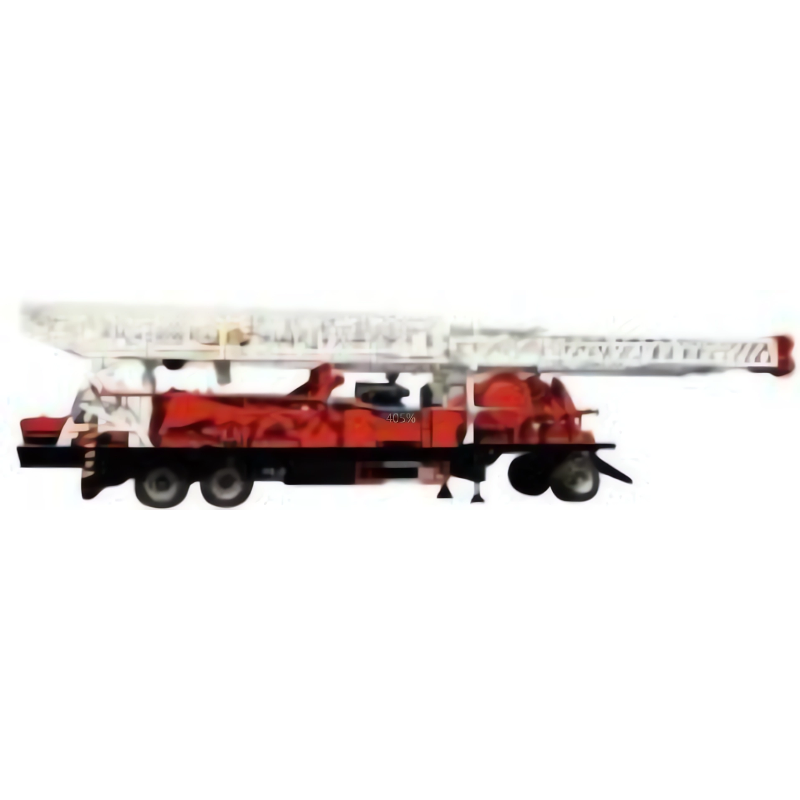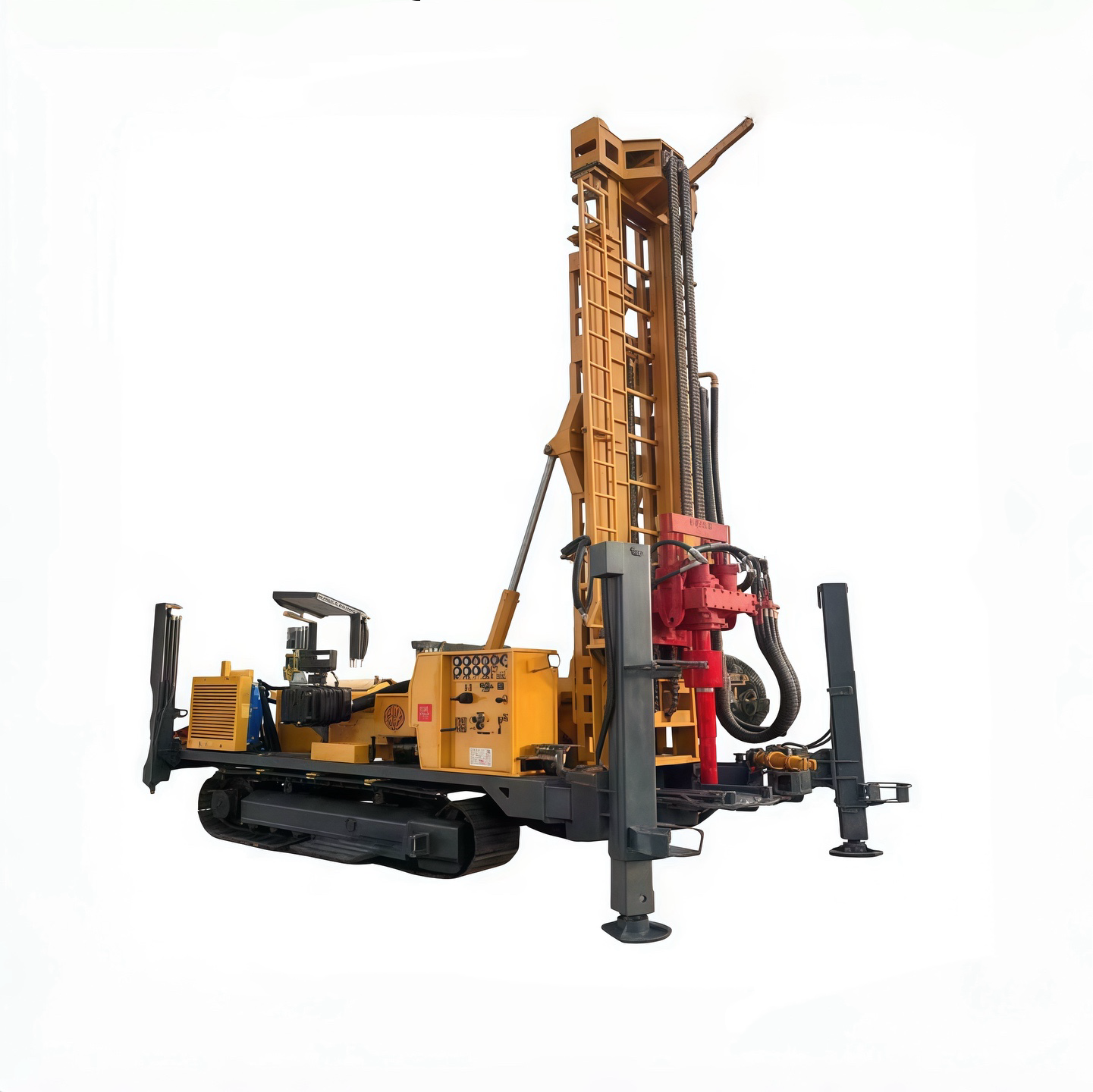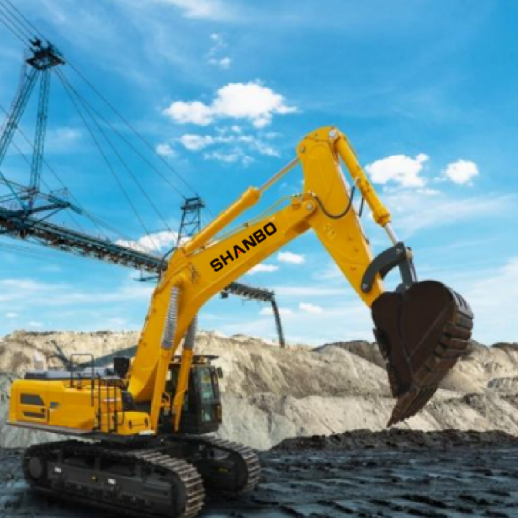Top 10 Construction Equipment Brands Dominating the Industry
Global Leaders in Construction Equipment Innovation
Shanbo: High-Performance Construction Machinery
Shanbo sets itself apart in the realm of construction equipment with its cutting-edge technology and comprehensive product range. Their machinery is recognized for its superior performance, achieved through advanced engineering and design innovations.
Shanbo construction equipment stands head and shoulders above the competition when it comes to getting the job done right. Their machines are built to last longer, work harder, and handle all sorts of tasks that would break lesser brands. What really sets them apart though is their green approach. Shanbo isn't just talking about sustainability they actually implement it throughout their manufacturing process from start to finish. By cutting down on waste materials and optimizing energy usage during production, they manage to make their equipment both environmentally friendly and surprisingly cost effective over time. Contractors who switch to Shanbo often find themselves saving money while doing their part for the planet.
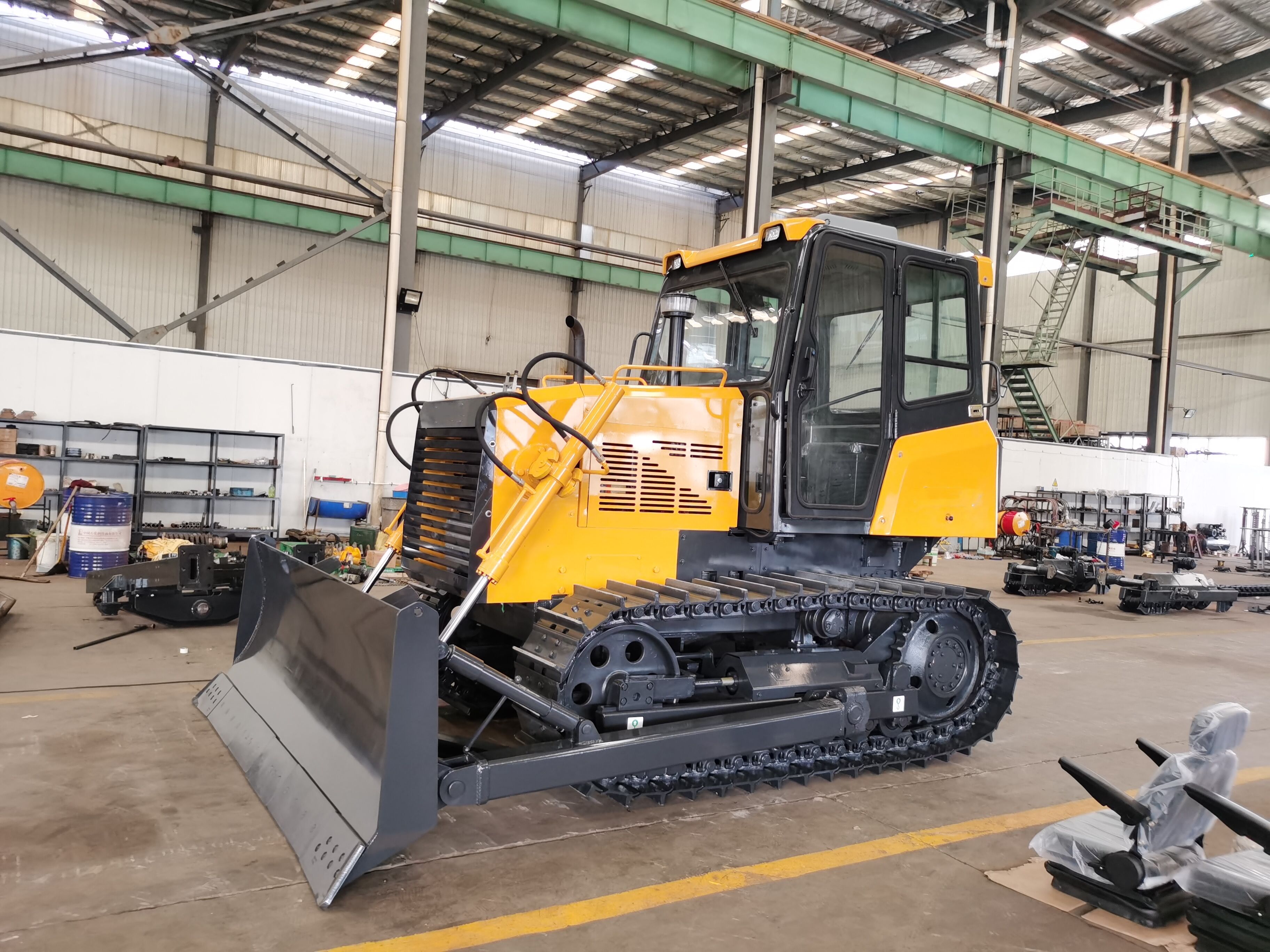
Komatsu's Smart Construction Solutions
Komatsu has revolutionized construction sites with its integration of the Internet of Things (IoT). By harnessing IoT technology, Komatsu enables more efficient, intelligent, and connected construction processes. Their key smart solutions include machine tracking systems, automation tools, and predictive maintenance technologies.
These innovations streamline operations, reduce downtime, and optimize resource use. Case studies demonstrate impressive outcomes, where IoT's application has led to substantial improvements in construction efficiency and site management. Komatsu's solutions are setting new standards for smart construction worldwide.
Volvo CE: Electrification Pioneers
Volvo construction equipment is at the forefront of electrifying the construction machinery market, addressing environmental concerns and modern operational demands. Their electric construction machinery lineup has been well-received, as it significantly reduces emissions and operational costs.
Statistics showcase a notable reduction in carbon footprint, contributing to more sustainable practices. Looking ahead, the trend toward electrification within the construction industry seems poised to gather even more momentum, with innovations continually enhancing machinery efficiency and eco-friendliness.
Hitachi's Hybrid Hydraulic Systems
Hitachi stands out with its hybrid hydraulic systems, transforming the landscape of hydraulic technology in construction machinery. These systems offer distinct advantages: enhanced fuel efficiency, reduced emissions, and improved operational performance, proving to be cost-effective alternatives to traditional systems.
A detailed cost analysis reveals that long-term savings for contractors are considerable, as these systems reduce fuel consumption and extend machinery lifespan. The long-term benefits for hybrid system users include lower operational costs and a decreased environmental footprint, ensuring sustainable growth for construction projects.
Caterpillar: Earthmoving Powerhouse
Caterpillar is renowned as a powerhouse in the earthmoving equipment sector, continually leading the charge in innovation and performance. Their latest bulldozers and excavators exemplify cutting-edge technology with improvements in efficiency and power management.
Caterpillar equipment is instrumental in major projects globally, from massive infrastructure builds to intricate urban developments, demonstrating unparalleled reliability and versatility. Their equipment's adaptability and strength are key to facilitating various construction requirements.
Liebherr's Tower Crane Technology
Liebherr has revolutionized tower crane designs with advanced technology aimed at enhancing construction safety and operational efficiency. Their cranes boast innovative safety features that protect operators and workers, alongside mechanisms that optimize lifting performance.
Detailed assessments highlight the operational efficacy that Liebherr cranes bring to construction sites. Recent projects, utilizing these cranes, showcase improved timelines and safety standards, testimony to Liebherr's technological prowess and market leadership.
Doosan Bobcat's Compact Equipment Revolution
Doosan Bobcat leads the way when it comes to making those packed construction sites work better through their range of compact machines. With cities getting more cramped for space during building projects, smaller equipment just makes sense these days. The company's compact offerings boast features like improved turning radius and fuel efficiency that actually matter to contractors working in tight spots. These machines aren't just taking up less room either they help crews get more done without sacrificing performance, which explains why so many professionals are switching to them lately.
These developments in compact machinery are driven by increasing market demands for efficiency and adaptability in restricted spaces.
XCMG's High-Capacity Mining Trucks
XCMG continues to innovate in mining truck technology, challenging industry standards with advanced equipment designed for high-capacity loads. Their trucks offer competitor-beating load capacities and operational cost efficiencies, which optimize mining operation effectiveness.
The impact of XCMG trucks on mining efficiency has been profound, facilitating faster and more cost-effective mineral extraction processes. This innovation underscores XCMG's commitment to advancing mining technology and improving industrial output.
JCB's Telehandler Supremacy
JCB has achieved supremacy in telehandler design with unique features that set its equipment apart. Their telehandlers offer improved safety and operational convenience, making them ideal for a variety of construction projects. Usage statistics reveal widespread adoption across different sectors, showcasing their versatility and robust performance.
Customer feedback often highlights satisfaction with JCB telehandlers, particularly in terms of reliability and ease of use, validating their market leadership.
Zoomlion's AI-Integrated Concrete Machinery
Zoomlion has been incorporating artificial intelligence into their concrete machinery for quite some time now, which really boosts how well these machines work day to day. When they added AI features, it helped them manage resources smarter and predict when parts might need replacing before breakdowns happen. This makes things run smoother at construction sites where every minute counts. Some real world tests show just how much difference this makes too one contractor reported cutting down machine downtime by almost 30% after switching to AI equipped equipment. Looking ahead, there are plenty of exciting developments coming for AI tech that could take these machines even further. Manufacturers like Zoomlion will likely continue pushing what's possible with smarter systems while also dealing with challenges around cost and training workers to get the most out of these advanced tools.
Each of these global leaders in construction equipment drives innovation that shapes the industry, ensuring sustainable, efficient, and smart solutions to meet evolving market needs.
Market Trends Shaping Equipment Demand
Electric Excavators Transforming Urban Worksites
We're seeing electric excavators make waves in city construction lately, mainly because folks care more about green initiatives and cutting down emissions. More and more municipalities are turning to these battery powered machines as they try to hit their climate targets while keeping neighborhoods from getting too noisy. What makes them work so well in tight urban spaces? For starters, they slash carbon emissions compared to traditional models. Plus, workers appreciate the reduced risk of accidents since there's no loud engine roaring away nearby. Some contractors report that clients actually prefer the quiet operation when working near residential areas or businesses that need minimal disruption during operations.
However, integrating electric equipment into existing systems poses challenges, including the need for charging infrastructure and initial cost considerations. Despite these hurdles, the benefits of excavators in urban worksites continue to make them an attractive option for companies looking to innovate sustainably.
Autonomous Bulldozers in Mining Operations
The introduction of autonomous bulldozers in mining operations represents a significant leap forward in terms of efficiency and safety. Autonomous equipment offers distinct advantages, such as reducing the need for human intervention in hazardous environments and allowing continuous 24/7 operation, thus increasing overall productivity.
Research comparing autonomous equipment to conventional bulldozers reveals some interesting results. These self-driving machines generally work faster and more accurately than their human-operated counterparts, which translates to better productivity numbers and lower running expenses over time. The mining sector is watching closely as tech continues to improve. Many companies are already testing these systems in real world conditions, and early adopters report significant efficiency gains. Looking ahead, we can expect to see wider acceptance of autonomous solutions across mines worldwide. Some experts predict that within five years, most large scale operations will incorporate at least partial automation into their daily workflows, marking a major shift in how mineral extraction happens on a global scale.
Rise of Hydrogen-Powered Road Rollers
Hydrogen tech is becoming big in construction these days, especially for making greener machines like those road rollers running on hydrogen fuel. Why? Well, the industry needs to slash carbon output fast and get off fossil fuels before regulations make it impossible. Big names in construction equipment are already testing their own hydrogen powered versions, with some prototypes showing real promise. Companies like Volvo and Caterpillar have invested heavily in this area, creating machines that actually work on site while producing far less pollution than traditional diesel models. The environmental benefits are clear, but what's interesting is how quickly costs are coming down as more manufacturers jump into the market.
The environmental implications of adopting hydrogen technology are substantial, potentially transforming the construction industry into a cleaner, greener sector with reduced ecological footprint and increased efficiency in projects.
3D Machine Control in Motor Graders
3D machine control tech is changing how motor graders get used on construction sites across the board. What makes this tech stand out? It gives operators pinpoint control over their machines while boosting overall efficiency during grading work. We've seen this play out time and again on actual job sites where crews report fewer mistakes and less material wasted because everything lines up so accurately. Contractors who've adopted these systems tell us they finish projects faster too since there's less backtracking needed for corrections. The bottom line? These systems deliver what traditional methods just can't match when it comes to getting the grade right the first time around.
As the construction industry moves towards digitization, the future of 3D technology in grading machinery holds great promise. Continued advancements in this field are expected to drive further innovation, enabling even more precise and efficient construction practices.
Regional Market Dynamics
North America's Infrastructure Bill Impact
North America's new Infrastructure Bill is changing things big time when it comes to what kind of construction gear people need. The whole point of this legislation is to fix up old roads, bridges, and other infrastructure that's been neglected for years. And let's face it, fixing all that stuff means bringing in some serious machinery. We're talking about heavy duty bulldozers, those massive excavators that dig through rock like it's nothing, plus road rollers that flatten everything down. Industry experts predict there will be way more demand for this equipment than ever before. Some recent market reports actually show construction equipment sales could jump by as much as 30% over the next few years because of this.
The legislation also encourages a shift in manufacturing focus, prompting companies to enhance productivity and innovation within the region. To capitalize on these opportunities, it's crucial for manufacturers to stay abreast of technological advancements and adjust their production strategies accordingly.
Asia-Pacific's Metro Expansion Projects
The bustling regions of Asia-Pacific are experiencing a wave of metro expansion projects which are set to bolster construction demands. Countries like China, India, and Japan are actively pursuing major metro developments, each necessitating an array of construction machinery, such as loaders, drilling rigs, and well drilling rigs.
These ventures not only symbolize progress but also indicate a rising trend in equipment needs that aligns with urban expansion goals. As metro lines continue to extend, I foresee an increasing demand for high-performance, technologically advanced machinery tailored to meet the rigorous requirements of these projects.
EU Green Deal Driving Equipment Upgrades
The EU Green Deal is propelling the construction sector towards sustainability, significantly impacting equipment upgrades. This initiative emphasizes the need for sustainable construction practices, steering investments towards eco-friendly technologies in machinery, like hydrogen-powered landfill compactors and motor graders equipped with 3D machine control.
The numbers tell us there's been a real jump in these kinds of upgrades lately, pointing clearly toward green building tech becoming the norm. The recent policy changes are pushing manufacturers to come up with new ideas while at the same time requiring them to cut down on carbon emissions. This is definitely changing what we see on construction sites across Europe right now. For companies wanting to stay ahead of the curve, matching their production methods with environmental targets isn't just good for the planet anymore it's pretty much essential if they want to keep up with competitors who already get this.
Future-Proofing Construction Fleets
Lifecycle Cost Analysis for Loaders
Understanding the lifecycle cost analysis is crucial in selecting loaders that meet long-term operational and financial goals. A thorough examination of lifecycle costs helps uncover cost-saving opportunities that arise from proper analysis and prioritizes efficiency and durability in loader models.
For instance, by comparing traditional loader models to advanced ones, companies can determine which offers superior returns on investment through reduced maintenance costs and better fuel efficiency. This analysis empowers businesses to make informed decisions that optimize operational budgets while maintaining productivity.
Telematics in Drilling Rig Maintenance
Bringing telematics systems onto drilling rigs has changed how maintenance is handled across the industry. These systems let operators spot problems early on through real time data monitoring. Instead of waiting for equipment to fail, teams get alerts about possible issues long before they cause actual downtime. For companies running multiple rigs, this means fewer unexpected shutdowns and better planning around repairs. The bottom line? More consistent operations and higher productivity numbers month after month when telematics are part of regular maintenance routines.
Case studies, such as those conducted by leading industry players, showcase significant reductions in downtime and enhanced operational efficiency, underscoring the transformative impact of these technologies on drilling rig operations.
Circular Economy Strategies
Embracing circular economy concepts within construction equipment operations offers significant sustainability and economic benefits. Companies implementing circular strategies are exemplifying how to innovate resource usage and decrease waste, thereby contributing to environmental sustainability.
For instance, strategies such as equipment refurbishment and materials recycling extend the lifespan of construction machinery while reducing environmental impact. In the long term, these strategies foster a sustainable framework for both manufacturers and users, ensuring resource efficiency and optimal utilization of assets in the construction industry.
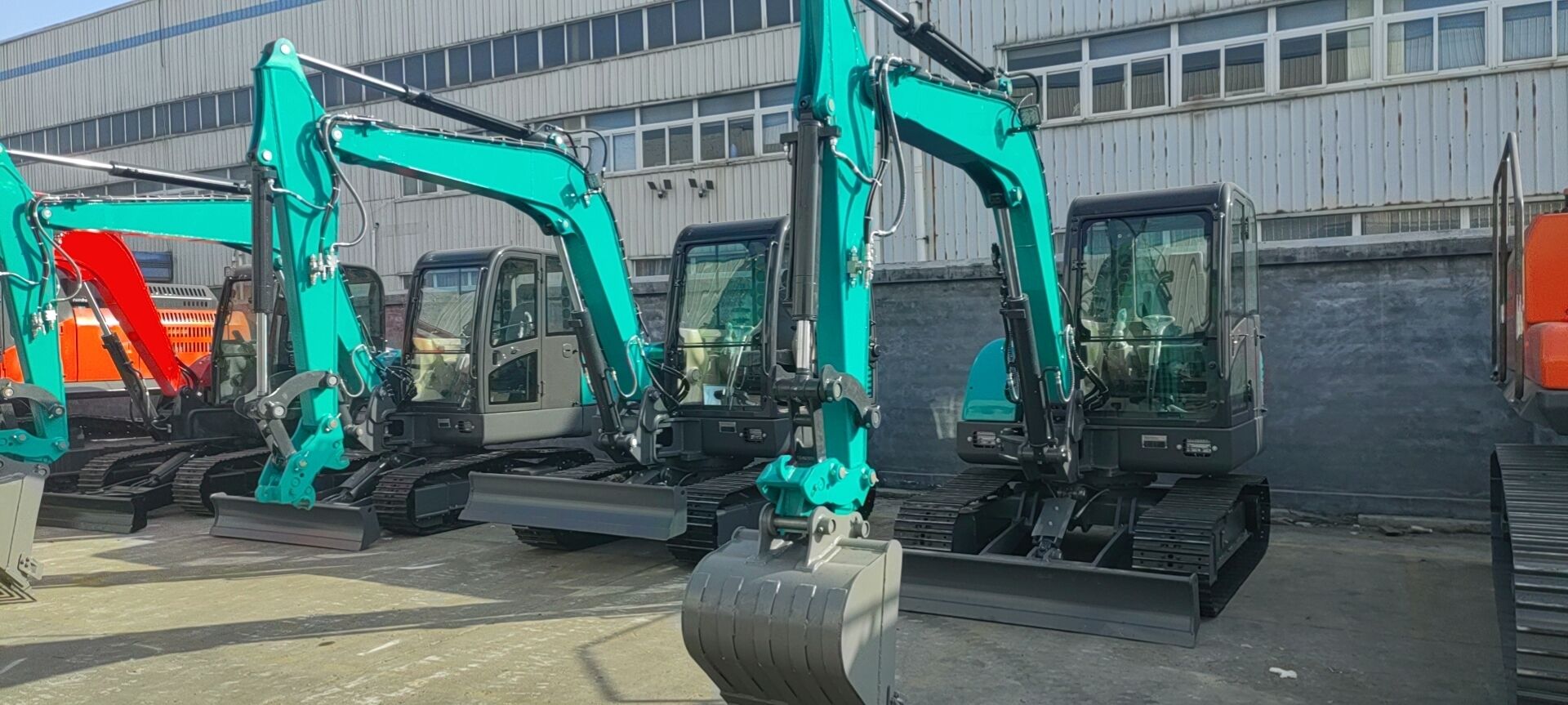
Equipment Selection Criteria
Payload vs Power: Wheel Loader Considerations
Picking out a wheel loader for construction work means finding the sweet spot between how much weight it can carry and how strong the engine is. Machines with bigger payloads save time because they don't need to make as many trips back and forth with materials. On the flip side, machines with stronger engines handle rough ground better without getting stuck or breaking down. The trick is knowing what kind of jobs will dominate on site. A loader that carries extra tons might struggle on rocky terrain, while something lighter won't get enough done fast enough for big earthmoving tasks. Most contractors end up weighing these options based on their specific needs rather than going for one extreme or the other.
Picking the right wheel loader starts with looking at what the job actually needs. Think about how heavy the material will be, how much of it there is, and what kind of ground the machine has to work on. These factors determine whether a loader will have enough capacity or need extra power. Money matters too when choosing equipment. Big machines that can carry more stuff and have stronger engines usually cost more money upfront. This affects the bottom line for sure. A lot of operators find themselves balancing between getting something powerful enough for the task versus keeping costs under control in their monthly budgets.
Landfill Compactor Efficiency Metrics
Selecting landfill compactors necessitates evaluating efficiency metrics, which include performance, reliability, and environmental impact. Compactors play a key role in reducing landfill size through effective waste compression, and industry standards focus on their ability to perform consistently under challenging conditions.
Historically, compactors have adhered to rigorous benchmarks for compression rates and durability, ensuring optimal waste management and space utilization. Looking ahead, as technology advances, we anticipate improvements in compactors like autonomous operation and enhanced fuel efficiency, aiming to meet upcoming environmental regulations and better performance standards.
Drilling Rig Depth-to-Price Ratios
When looking at drilling rigs, people need to check those depth-to-price numbers because this really matters when figuring out if something is worth the cash in construction work. The basic idea is simple enough: see what kind of hole depth the rig can handle compared to what it costs upfront. That tells investors whether they're getting their money's worth. Most folks who buy these machines compare things like how well they actually drill, plus all the ongoing expenses for keeping them running and how long they last before breaking down. Getting all this info together makes sure whatever rig gets picked can actually reach the depths needed for whatever job comes next without wasting time or resources.
Additionally, market trends revealing shifts in drilling rig pricing and availability are influenced by factors like technological advancements and fluctuating demand from aspiring markets. Understanding these dynamics can lead to strategic purchasing that aligns with budget constraints and project timelines.
Sustainable Technology Roadmap
Biofuel Adoption in Well Drilling Rigs
Switching to biofuels for well drilling operations brings both environmental advantages and practical benefits for operators. These fuels cut down on carbon emissions compared to conventional options, something that fits right into the worldwide push for greener practices. The difference is pretty noticeable when looking at air quality around drilling sites. While initial investment in biofuels does cost more than regular diesel, many companies find that these extra expenses get offset as time goes on. Production methods are getting better all the while, driving down prices for businesses willing to make the switch. Some operators report seeing their fuel bills drop after making the transition, even though they had to spend more money upfront.
Compared to conventional fuels, biofuels can potentially reduce maintenance costs, thanks to their cleaner combustion process. The future outlook is promising, as advancements in biofuel technologies continue to increase efficiency and availability, making them a viable choice for the construction industry aiming for sustainability.
Lithium-Ion vs Hydrogen Fuel Cells
When comparing lithium ion batteries to hydrogen fuel cells, most discussions focus on three main factors efficiency, price tags, and what happens to these technologies after they reach end of life. Lithium batteries pack quite a punch when it comes to storing energy relative to their size, which explains why so many industries from electric vehicles to heavy machinery rely on them. Sure, upfront costs aren't too bad compared to alternatives, but nobody wants to deal with all those spent batteries ending up in landfills where toxic materials can leak out over time. Hydrogen cells tell a different story though. These systems produce nothing but clean water vapor during operation, which sounds great on paper. However, getting hydrogen infrastructure built out across the world remains a major hurdle before this technology can really take off in mainstream applications.
The downside though is that producing these systems tends to cost quite a bit more money and we need all sorts of special infrastructure just to get hydrogen where it needs to go. Right now most people still rely on lithium ion batteries because manufacturers already know how to make them and there's plenty of supporting infrastructure in place. But here's the thing about sustainability trends these days making green alternatives more appealing. Hydrogen fuel cells might actually start taking off in certain areas where the necessary hydrogen supply chains already exist, like some industrial zones or transportation hubs that have been investing heavily in this technology for years.
Recycled Materials in Equipment Manufacturing
Using recycled stuff in making construction equipment really helps boost sustainability efforts across the industry. Most big names in construction machinery now work with recycled steel and plastic components. This approach cuts down on landfill waste while also shrinking the carbon footprint of their operations. The numbers back this up too recycling saves about 60% of the energy needed compared to processing virgin materials according to industry reports. While some might worry about quality issues, leading manufacturers have developed special techniques that maintain structural integrity even when incorporating significant amounts of recycled content into their products.
Take companies like Shanbo and Caterpillar for example. These big players are actually making waves by incorporating recycled materials into their manufacturing workflows. Some real world tests show pretty impressive outcomes too. Equipment built with these recycled parts often lasts longer and performs better than standard models. The whole sector seems to be catching on fast now that businesses see how green practices can cut costs while still delivering quality products. More manufacturers are starting to realize they don't have to choose between environmental responsibility and bottom line profits.
Conclusion
Picking the right construction gear makes all the difference in getting good results from any job site. There are several things to think about when making these choices including what kind of work needs doing, what the ground looks like, and exactly what tasks need completing. Take bulldozers for example they work great on big earth moving projects where lots of dirt needs shifting around. Excavators come into their own though when precision matters most during digging operations. Matching the right machines to what actually needs doing saves time money and wear and tear on both equipment and crews. Most contractors know this already but sometimes forget how much impact proper selection can have on overall project success.
Shanbo stands out as a reliable option for construction projects due to its alignment with contemporary construction demands. The company's dedication to innovation and sustainability makes it a strong contender in the market.
Recommended Products
 Hot News
Hot News
-
“Water Savior” 200 m Reverse Circulation Water Well Drills Arrive in Uzbekistan
2025-03-28
-
Bulldozer Transport Guide: Best Practices, Safety Tips, and Cost Factors
2025-12-15
-
A Complete Guide to Construction Equipment Shipping: Methods, Costs, and Tips
2025-12-12
-
How Bulldozer Work Gets Done: Key Tasks, Techniques, and Applications
2025-12-11
-
Exploring the Capabilities of the Biggest Excavator in the World
2025-12-10
-
Essential Bulldozer Equipment: Components, Attachments, and Uses
2025-12-09



